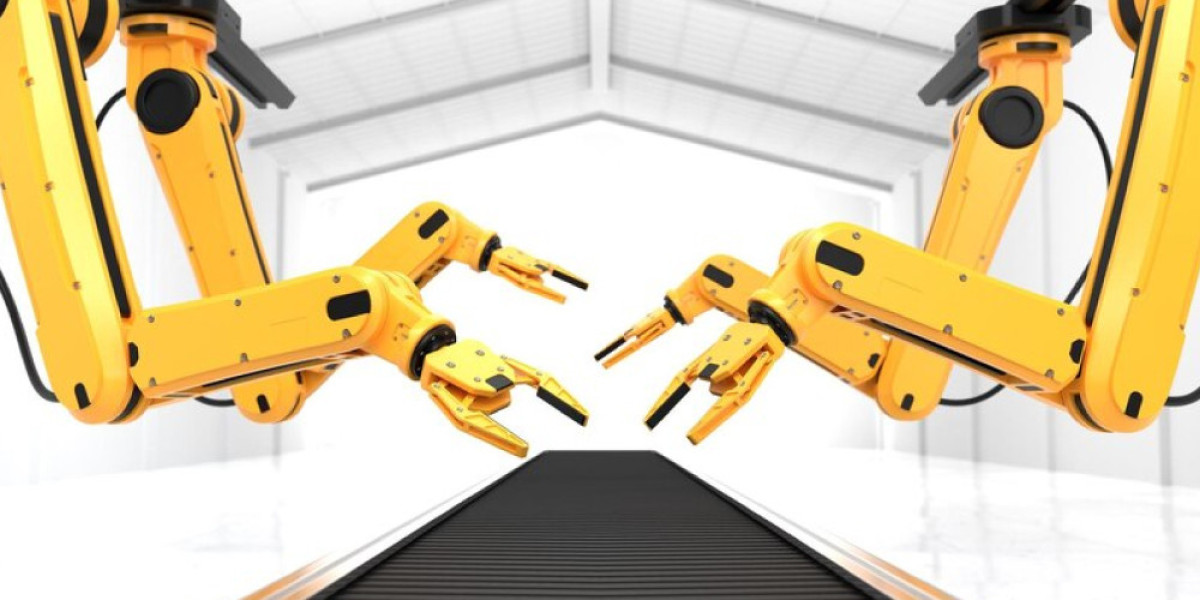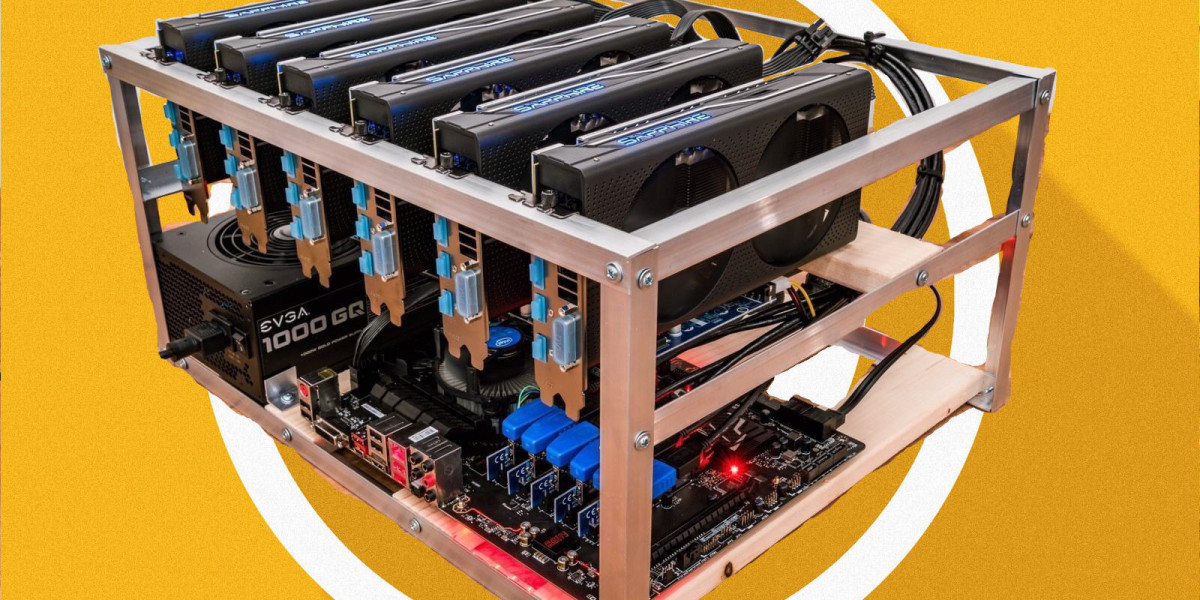A comprehensive linear actuator market analysis reveals key trends, challenges, and opportunities within the sector. The analysis highlights the increasing integration of automation technologies across various industries, driving the demand for linear actuators. It also examines the competitive landscape, focusing on leading companies and emerging players. Understanding these dynamics is essential for stakeholders looking to navigate the linear actuator market effectively and capitalize on growth opportunities.
The linear actuator market has emerged as a cornerstone of industrial automation, enabling precise linear movement in a wide range of applications. Linear actuators convert rotational motion into linear displacement, providing controlled movement for machines and equipment. Their growing adoption across manufacturing, robotics, aerospace, and medical devices is fueling market expansion globally.
Market Dynamics
The key drivers of the linear actuator market include the increasing demand for automation, precision, and energy-efficient systems. Industries are adopting linear actuators to improve operational efficiency, reduce labor costs, and enhance product quality. Technological advancements, such as electric and smart actuators with integrated sensors and IoT connectivity, have expanded applications in modern automated systems.
Challenges include high initial costs, the need for custom designs, and competition from alternative technologies like pneumatic or hydraulic systems. However, the trend toward electrification and environmentally friendly solutions favors electric linear actuators, which consume less energy and require minimal maintenance.
Applications and Industry Use
Linear actuators find extensive use in robotics, manufacturing equipment, aerospace, medical devices, automotive systems, and home automation. In robotics, they provide precise control for assembly lines, inspection systems, and pick-and-place operations. In medical devices, linear actuators are used in hospital beds, patient lifts, and surgical tables, offering controlled and reliable movement. Home automation systems increasingly incorporate linear actuators for windows, doors, and adjustable furniture.
Market Segmentation
The market can be segmented by type, including electric, hydraulic, and pneumatic actuators. Electric actuators dominate due to energy efficiency, reliability, and ease of integration with smart systems. By stroke type, actuators are categorized into rod-style, rodless, and guided rod actuators. End-user industries include automotive, aerospace, healthcare, robotics, and consumer electronics, with automotive and robotics sectors being major contributors to market demand.
Regional Insights
North America and Europe lead the linear actuator market due to advanced manufacturing industries, R&D investments, and high adoption of automation. Asia-Pacific is the fastest-growing region, driven by expanding industrialization, increasing robotics adoption, and government initiatives supporting automation in countries like China, Japan, and India.
Future Outlook
The linear actuator market is poised for growth due to ongoing innovations in smart actuators, integration with IoT and AI, and the increasing demand for automation across industries. Companies focusing on product miniaturization, energy efficiency, and advanced control systems are expected to capture significant market share.
Conclusion
Linear actuators play a pivotal role in modern automation, providing precise, reliable, and efficient linear motion solutions. As industries embrace smart manufacturing, robotics, and connected devices, the demand for linear actuators will continue to rise. With technological advancements and increasing applications, the market presents vast opportunities for growth in the coming years.
FAQs
1. What are linear actuators used for?
Linear actuators are used for precise linear movement in robotics, medical devices, manufacturing equipment, and home automation.
2. Which type of linear actuator is most widely used?
Electric linear actuators are most widely used due to energy efficiency, reliability, and easy integration with smart systems.
3. What challenges does the linear actuator market face?
High initial costs, custom design requirements, and competition from hydraulic and pneumatic systems are key challenges.
More Related Reports:
Automated Guided Vehicle Market Trends








